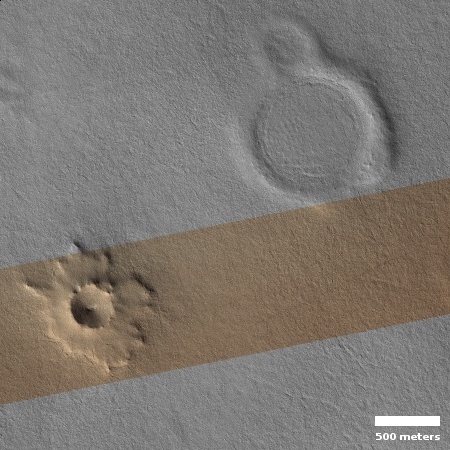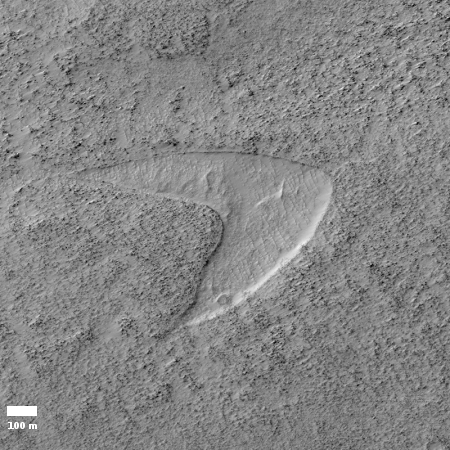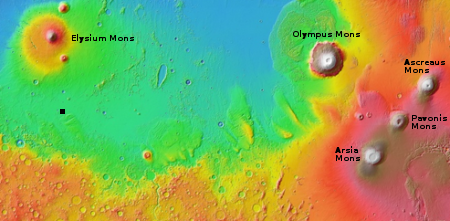New prediction for upcoming solar cycle
The uncertainty of science: A new prediction for the upcoming solar cycle, announced today, calls for a much weaker cycle then the general consensus of the solar science community.
The new prediction:
The forecast for the next solar cycle says it will be the weakest of the last 200 years. The maximum of this next cycle – measured in terms of sunspot number, a standard measure of solar activity level – could be 30 to 50% lower than the most recent one. The results show that the next cycle will start in 2020 and reach its maximum in 2025.
The consensus prediction:
[They] dutifully tabulate the estimates, and come up with a peak sunspot range: 95 to 130. This spells a weak cycle, but not notably so, and it’s marginally stronger than the past cycle. [They do] the same with the votes for the timing of minimum. The consensus is that it will come sometime between July 2019 and September 2020. Maximum will follow sometime between 2023 and 2026.
The main difference is that the consensus expects the next maximum to be weak but stronger than the maximum that just ended, while the new prediction says the next maximum will be the weakest in 200 years.
It has been my impression that there is unhappiness in the solar science community over the consensus prediction. I suspect today’s independent prediction is an indication of that unhappiness. The scientists involved in this research wanted to go on record that they disagree with the consensus.
I expect that NOAA will eventually put the consensus prediction on their monthly sunspot graph that I post here each month. If they do, I might also add this independent prediction so that we can compare the accuracy of the two as the next cycle unfolds.
The uncertainty of science: A new prediction for the upcoming solar cycle, announced today, calls for a much weaker cycle then the general consensus of the solar science community.
The new prediction:
The forecast for the next solar cycle says it will be the weakest of the last 200 years. The maximum of this next cycle – measured in terms of sunspot number, a standard measure of solar activity level – could be 30 to 50% lower than the most recent one. The results show that the next cycle will start in 2020 and reach its maximum in 2025.
The consensus prediction:
[They] dutifully tabulate the estimates, and come up with a peak sunspot range: 95 to 130. This spells a weak cycle, but not notably so, and it’s marginally stronger than the past cycle. [They do] the same with the votes for the timing of minimum. The consensus is that it will come sometime between July 2019 and September 2020. Maximum will follow sometime between 2023 and 2026.
The main difference is that the consensus expects the next maximum to be weak but stronger than the maximum that just ended, while the new prediction says the next maximum will be the weakest in 200 years.
It has been my impression that there is unhappiness in the solar science community over the consensus prediction. I suspect today’s independent prediction is an indication of that unhappiness. The scientists involved in this research wanted to go on record that they disagree with the consensus.
I expect that NOAA will eventually put the consensus prediction on their monthly sunspot graph that I post here each month. If they do, I might also add this independent prediction so that we can compare the accuracy of the two as the next cycle unfolds.





